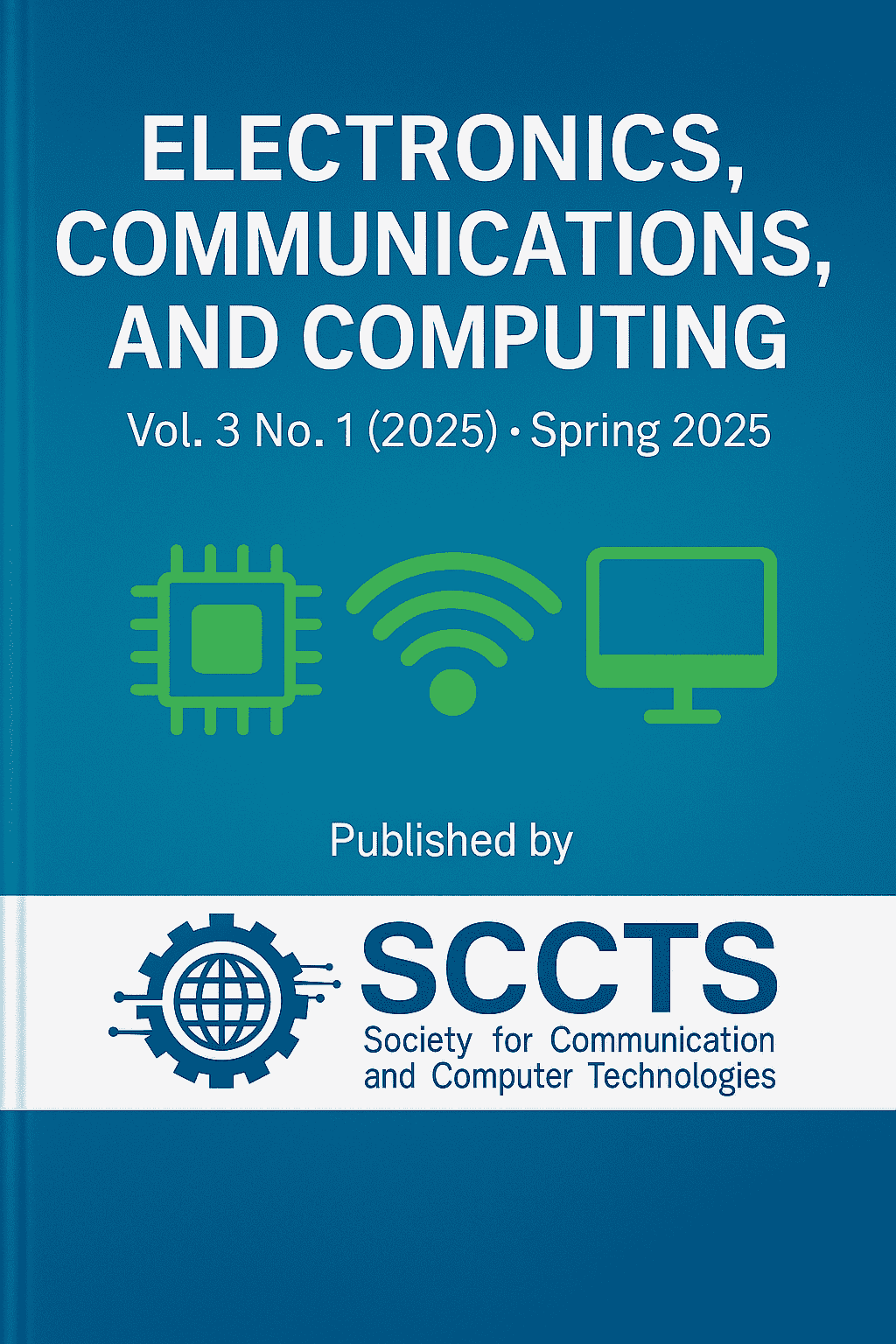Blockchain-Enabled Security Framework for Cross Platform IoT Interoperability
Keywords:
Blockchain, Internet of Things (IoT), Cross-Platform Interoperability, Decentralized Identity, Smart Contracts, Hyperledger Fabric, Secure Communication, IoT Security.Abstract
Internet of Things (IoT) deployments have gained exponentially growing awareness over the past few years across many different applications, including smart cities, healthcare, industrial automation and agriculture, and have resulted in a fragmented ecosystem typified by platform heterogeneity and siloed architectures. This absence of interoperability brings major problems in safely transferring information, implementing standard rules of access control, and fostering faith between differing IoT gadgets and networks. More conventional centralized security systems fall short in the challenges concerned with scalability, single points of failure, or inflexibility to change in device topology. In order to overcome these problems, this paper offers a blockchain-based security model that provides secure, scalable and decentralized interoperability across cross-platform IoT. The framework consists of major innovations like decentralized identity (DID) management used to authenticate devices, access control based on smart contract, and an interoperability broker that translates data and protocols across platforms that are heterogeneous to one another. It is implemented in the form of a a permissioned blockchain network implemented by Hyperledger Fabric, with A framework to enable peer organizations in the form of IoT platforms, which provides tamper-free, transparent, and tamper-proof access logs, revocable trust anchors, and dynamic policy enforcement. A demonstration prototype of several IoT nodes, gateway controllers, as well as semantic translators was designed and tested in various real-life situations, such as devices onboarding, secured data transmission, and cross-vendor interoperability. Transaction latency, throughput, authentication delay and resource overhead over constrained devices are given as the evaluation metrics of performance to show the viability of the implementation feasibility of the framework. Also, the system was thoroughly checked against various types of security attacks such as spoofing, replay, and unauthorized data access and performed well with very low computational overhead. The findings confirm that the offered blockchain-assisted methodology leads to the substantial improvement of security, trust, and interoperability in the complex IoT settings without affecting the performance. This study forms the foundation of strong and distributed security foundation, which will be able to support the future of connected and autonomous IoT ecosystems.



